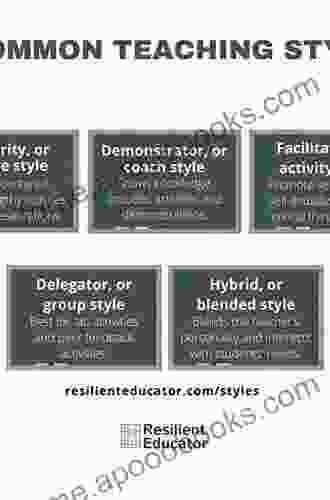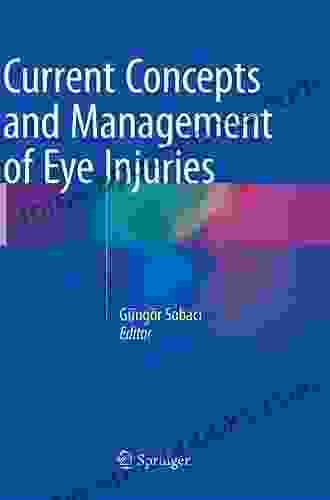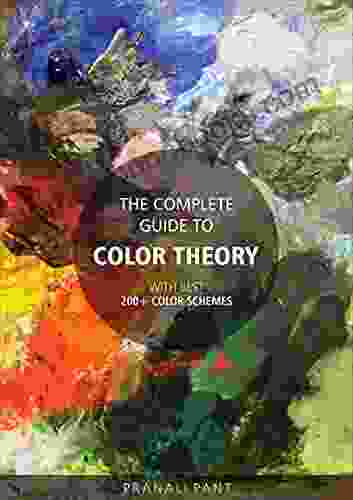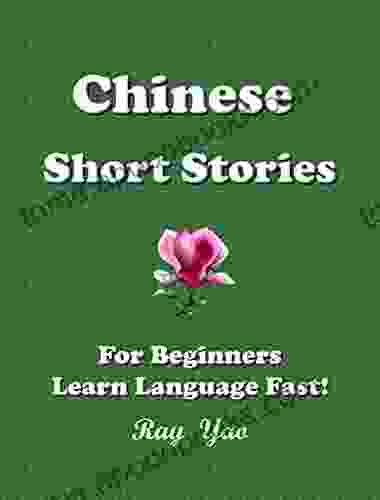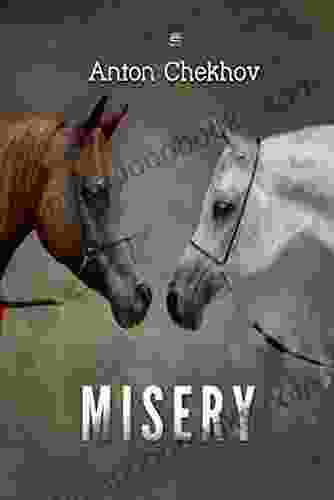Unlocking Potential: Converting STEM Into STEAM Programs for Success in the 21st Century

In the rapidly evolving landscape of the 21st century, the need for a comprehensive and innovative approach to education has become paramount. As the world becomes increasingly interconnected and knowledge-based, the skills and abilities required for success have shifted significantly. Traditional educational models, with their emphasis on isolated subject matter, are no longer adequate to prepare students for the challenges and opportunities of this new era.
STEM (Science, Technology, Engineering, and Mathematics) education has emerged as a critical component of modern education, providing students with the foundational knowledge and skills necessary to succeed in a wide range of fields. However, recent research and advancements in educational theory have demonstrated that integrating the arts into STEM education, creating what is known as STEAM (Science, Technology, Engineering, Arts, and Mathematics),can have a transformative impact on student learning and development.
5 out of 5
| Language | : | English |
| File size | : | 24229 KB |
| Text-to-Speech | : | Enabled |
| Enhanced typesetting | : | Enabled |
| Word Wise | : | Enabled |
| Print length | : | 528 pages |
| Screen Reader | : | Supported |
This comprehensive article will delve into the world of STEAM education, exploring its benefits, strategies for implementation, and the impact it can have on students' lives. By incorporating the arts into STEM education, we can unlock students' potential, empowering them to become innovative problem-solvers, effective communicators, and critical thinkers who are well-equipped to thrive in the 21st century workforce.
Why STEAM? The Transformative Power of Arts Integration
The integration of the arts into STEM education is not merely an add-on or a way to make learning more enjoyable. Research has consistently shown that STEAM programs have a wide range of cognitive, social, and emotional benefits for students.
Arts integration in STEM education:
* Enhances creativity and innovation: The arts provide opportunities for students to express themselves creatively, experiment with new ideas, and develop innovative solutions to problems. * Improves critical thinking and problem-solving skills: Through the arts, students learn to analyze, interpret, and synthesize information, developing critical thinking skills that are essential for success in STEM fields. * Fosters collaboration and communication: The arts encourage students to work together, share ideas, and communicate their thoughts and findings effectively. * Develops empathy and understanding: The arts help students to understand different perspectives, appreciate diverse cultures, and develop empathy for others. * Enhances student engagement and motivation: By incorporating hands-on activities, project-based learning, and real-world applications, STEAM programs make learning more engaging and motivating for students.
Beyond these cognitive and social benefits, STEAM education also promotes the development of essential 21st-century skills, such as:
* Complex problem-solving: STEAM programs provide students with opportunities to tackle real-world problems that require the integration of multiple disciplines. * Critical thinking: Students learn to analyze information, evaluate evidence, and form logical s through hands-on activities and project-based learning. * Creativity and innovation: STEAM programs encourage students to experiment with new ideas, take risks, and develop innovative solutions. * Collaboration and communication: Students learn to work effectively in teams, share ideas, and communicate their findings to diverse audiences.
Strategies for Implementing Successful STEAM Programs
While the benefits of STEAM education are undeniable, successfully implementing STEAM programs requires careful planning and thoughtful execution. Here are some key strategies to consider:
* Start small and build gradually: Begin by integrating the arts into one or two STEM lessons or units, and gradually expand the scope of integration as students become more comfortable with the approach. * Focus on project-based learning: Project-based learning provides an excellent framework for STEAM integration, allowing students to apply their knowledge and skills to real-world problems. * Collaborate with specialists: Partner with arts educators, community organizations, or industry professionals to bring expertise and resources into the classroom. * Provide professional development for teachers: Teachers need ongoing support and professional development to effectively implement STEAM programs. * Assess student learning: Use a variety of assessment strategies, such as portfolios, presentations, and projects, to measure student learning and identify areas for improvement.
The Impact of STEAM Education on Student Success
Numerous studies have demonstrated the positive impact of STEAM education on student learning and development. For example, a study conducted by the University of California, Berkeley found that students who participated in a STEAM program showed significant gains in problem-solving, creativity, and communication skills. Additionally, a study by the National Endowment for the Arts found that students involved in arts-rich STEM programs had higher levels of engagement and motivation.
In addition to these cognitive and social benefits, STEAM education can also have a tangible impact on students' future success. Graduates of STEAM programs are more likely to pursue careers in STEM fields, and they are better prepared for the challenges and opportunities of the 21st-century workforce.
By providing students with the skills and knowledge they need to thrive in the 21st century, STEAM education is an investment in their future success and the future of our society.
The 21st century demands a new approach to education, one that prepares students for the challenges and opportunities of a rapidly changing world. By integrating the arts into STEM education, we can create STEAM programs that unlock students' potential, empowering them to become innovative problem-solvers, effective communicators, and critical thinkers who are well-equipped to succeed in the 21st century workforce.
Let us embrace the transformative power of STEAM education and work together to provide our students with the skills and knowledge they need to thrive in the future.
5 out of 5
| Language | : | English |
| File size | : | 24229 KB |
| Text-to-Speech | : | Enabled |
| Enhanced typesetting | : | Enabled |
| Word Wise | : | Enabled |
| Print length | : | 528 pages |
| Screen Reader | : | Supported |
Do you want to contribute by writing guest posts on this blog?
Please contact us and send us a resume of previous articles that you have written.
 Book
Book Novel
Novel Page
Page Chapter
Chapter Text
Text Story
Story Genre
Genre Reader
Reader Library
Library Paperback
Paperback E-book
E-book Magazine
Magazine Newspaper
Newspaper Paragraph
Paragraph Sentence
Sentence Bookmark
Bookmark Shelf
Shelf Glossary
Glossary Bibliography
Bibliography Foreword
Foreword Preface
Preface Synopsis
Synopsis Annotation
Annotation Footnote
Footnote Manuscript
Manuscript Scroll
Scroll Codex
Codex Tome
Tome Bestseller
Bestseller Classics
Classics Library card
Library card Narrative
Narrative Biography
Biography Autobiography
Autobiography Memoir
Memoir Reference
Reference Encyclopedia
Encyclopedia Janet Poole
Janet Poole Anshel Brusilow
Anshel Brusilow Hang Thi Yen Black
Hang Thi Yen Black B F Accardi
B F Accardi Annie Douglass Lima
Annie Douglass Lima Carolyn B Stone
Carolyn B Stone B L Blanchard
B L Blanchard Mark Leyner
Mark Leyner Ariane Signer
Ariane Signer Phillip G Henderson
Phillip G Henderson Anthony Kim
Anthony Kim Charity Majors
Charity Majors Steve Crawshaw
Steve Crawshaw Lance T Izumi
Lance T Izumi Dave Rubin
Dave Rubin Tania Pouli
Tania Pouli Autumn Summers
Autumn Summers Stephanie Eding
Stephanie Eding Arivan Srinivasan
Arivan Srinivasan Anoir Ou Chad
Anoir Ou Chad
Light bulbAdvertise smarter! Our strategic ad space ensures maximum exposure. Reserve your spot today!

 Spencer PowellThe Right and Wrong of Compulsion by the State and Other Essays: Exploring...
Spencer PowellThe Right and Wrong of Compulsion by the State and Other Essays: Exploring... Everett BellFollow ·15k
Everett BellFollow ·15k Ralph EllisonFollow ·17.4k
Ralph EllisonFollow ·17.4k Hugh ReedFollow ·15.7k
Hugh ReedFollow ·15.7k Jorge Luis BorgesFollow ·9k
Jorge Luis BorgesFollow ·9k Bryan GrayFollow ·3k
Bryan GrayFollow ·3k Octavio PazFollow ·13.1k
Octavio PazFollow ·13.1k Seth HayesFollow ·15.4k
Seth HayesFollow ·15.4k William FaulknerFollow ·13.3k
William FaulknerFollow ·13.3k
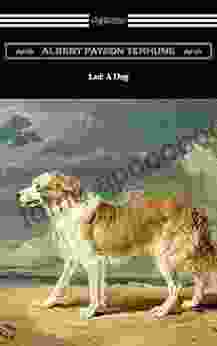
 Gabriel Garcia Marquez
Gabriel Garcia MarquezLad Dog Baby Professor: The Perfect Book for Your Child
Lad Dog Baby...

 Fredrick Cox
Fredrick CoxAn Excerpt With Fifty Ways To Help Animals Promo Books:...
: Embracing Animal...
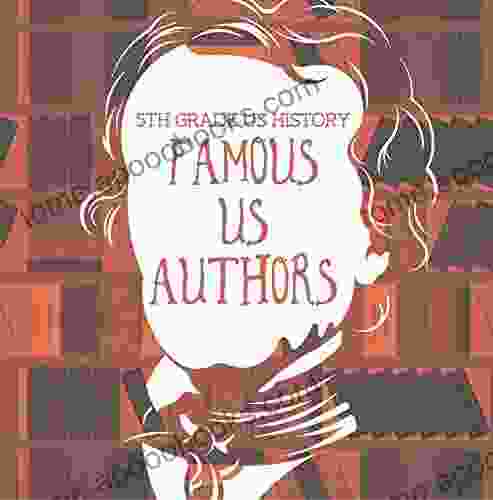
 Kelly Blair
Kelly Blair5th Grade US History: Famous US Authors: Fifth Grade...
Step into a captivating world of historical...
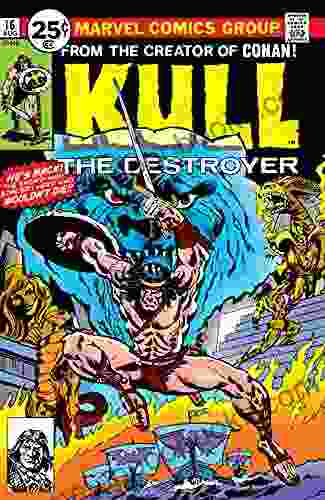
 Natsume Sōseki
Natsume SōsekiKull the Destroyer: A Timeless Tale of Sword and Sorcery
The Creation of a...
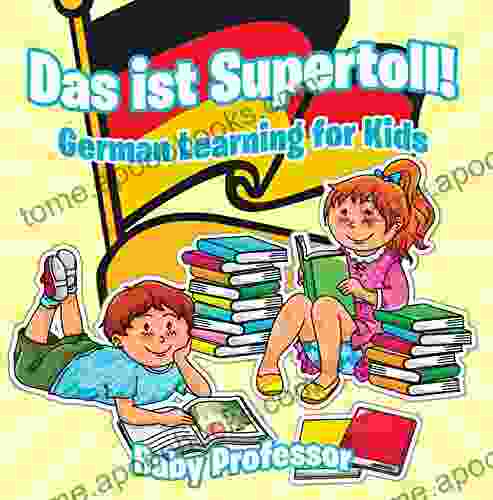
 Jim Cox
Jim CoxDas Ist Supertoll: Unlocking the Magic of German for Kids
Immersive Learning with...

 Bruce Snyder
Bruce SnyderUnlock the World of Quilting for Kids: Discover "Quick...
Are you ready to embark on a delightful...
5 out of 5
| Language | : | English |
| File size | : | 24229 KB |
| Text-to-Speech | : | Enabled |
| Enhanced typesetting | : | Enabled |
| Word Wise | : | Enabled |
| Print length | : | 528 pages |
| Screen Reader | : | Supported |


